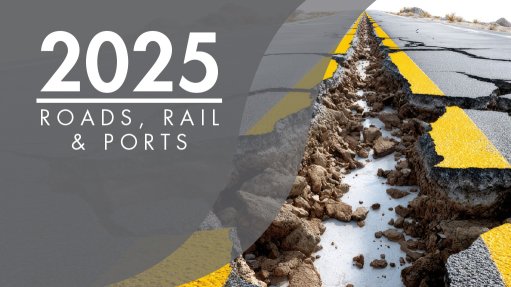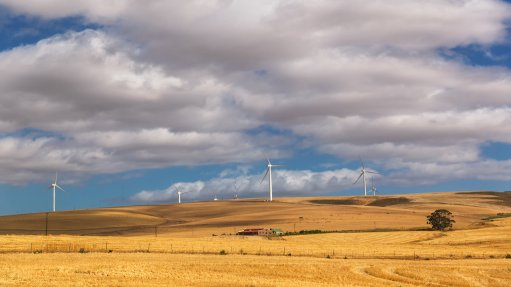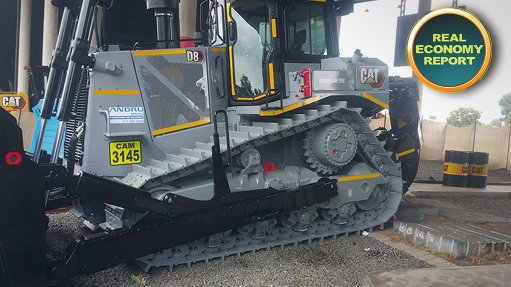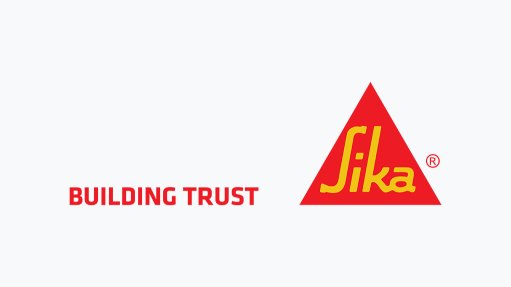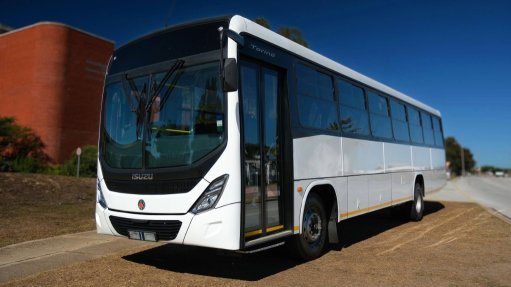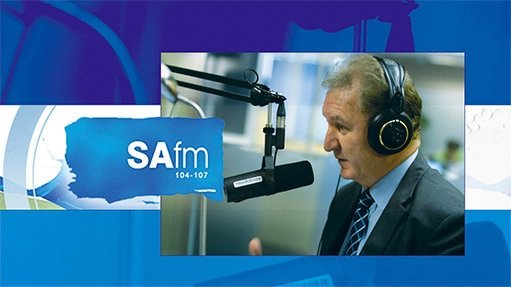Australia’s nuisance tariffs
I vividly recall a time when the radio held pride of place – front and centre – on the dining room table. It was also a time when radio pledges were the order of the day. Pledgers were given the opportunity to challenge others to match their pledge, but it was preferable if they could be even more generous.
In keeping with that tradition, or should it be to revive it, how about the Australian government extending a challenge to the Southern African Customs Union (Sacu) to also abolish its nuisance tariffs?
If you need reminding, you should read the instalment of this column published on March 29, titled ‘Nuisance tariffs’. You could simply read the opening paragraph: “A nuisance is a minor inconvenience, an annoyance or, quite simply, a bother. A tariff, in the context of this column, is a rate of customs duty. So, what is a nuisance tariff? One would need to consult the World Trade Organisation (WTO) for the definition, which reads: ‘[This is a] tariff so low that it costs the government more to collect it than the revenue it generates. Sometimes, a tariff does not have any protective effect – some countries defend this as necessary in order to raise revenues.’”
A few paragraphs later, I wrote: “Quite helpfully, there is no agreed WTO definition. The range seems to be anything up to and including 2% ad valorem, or 2.5% ad valorem. In studies undertaken by the International Bank for Reconstruction and Development, commonly known as the World Bank, the level is set at 5% ad valorem, the same as the United Nations Conference on Trade and Development’s level.”
The column concluded by stating: “If you were wondering, Sacu has 31 nuisance tariffs (2.5%), all of which are for Mercosur, the Spanish abbreviation for the Southern Common Market, a South American trade bloc. The Mercosur secretariat might want to engage the Sacu secretariat to abolish these ‘nuisance tariffs’. As for the 5% ad valorem tariff, there are a considerable number of tariff lines which should also be investigated as a matter of course.”
This brings us to the Australian government’s pledge. On July 1, it abolished its 457 nuisance tariffs. If you are trading with a company in Australia and want a broad indication as to whether this could apply to your products, these are the tariff chapters to which the tariff line removals apply: Chapter 7 – edible vegetables (8); Chapter 12 – oil seeds (5); Chapter 15 – fats (5); Chapter 16 – food preparations (1); Chapter 17 – sugars (1); Chapter 19 – cereal preparations (1); Chapter 20 – vegetable preparations (2), Chapter 21 – miscellaneous preparations (1); Chapter 24 – tobacco products (1); Chapter 25 – salt, stone (3); Chapter 30 – pharmaceutical products (4); Chapter 32 – tanning or dyes (1); Chapter 36 – explosives (1); Chapter 37 – photographic goods (14); Chapter 40 – rubber articles (5); Chapter 41 – raw hides and skins (13); Chapter 43 – fur skins (3); Chapter 44 – wood articles (47); Chapter 45 – cork articles (1); Chapter 48 – paper and paperboard (72); Chapter 49 – printed books (1); Chapter 51 – wool (1); Chapter 52 – cotton (57); Chapter 53 – vegetable fibres (1); Chapter 54 – man-made filaments (2); Chapter 58 – special woven fabrics (4); Chapter 59 – laminated textile fabrics (7); Chapter 60 – knitted or crocheted fabrics (12); Chapter 61 – apparel- clothing accessories (9); Chapter 62 – articles apparel-clothing accessories (3); Chapter 63 – other textile articles (5); Chapter 64 – footwear (3); Chapter 66 – umbrellas (1); Chapter 68 – articles of stone (1); Chapter 69 – ceramic products (2); Chapter 70 – glass and glassware (10); Chapter 82 – tools (11); Chapter 83 – miscellaneous base metals (4); Chapter 84 – nuclear reactors (66); Chapter 85 – electrical machinery and equipment (20); Chapter 86 – railway or tramway locomotives (2); Chapter 87 – vehicles and parts (5); Chapter 89 – ships and boats (1); Chapter 90 – optical instruments (3), Chapter 92 – musical instruments (1); Chapter 94 – furniture (7); Chapter 95 – toys (16); and Chapter 96 – miscellaneous articles (13).
Article Enquiry
Email Article
Save Article
Feedback
To advertise email advertising@creamermedia.co.za or click here
Comments
Announcements
What's On
Subscribe to improve your user experience...
Option 1 (equivalent of R125 a month):
Receive a weekly copy of Creamer Media's Engineering News & Mining Weekly magazine
(print copy for those in South Africa and e-magazine for those outside of South Africa)
Receive daily email newsletters
Access to full search results
Access archive of magazine back copies
Access to Projects in Progress
Access to ONE Research Report of your choice in PDF format
Option 2 (equivalent of R375 a month):
All benefits from Option 1
PLUS
Access to Creamer Media's Research Channel Africa for ALL Research Reports, in PDF format, on various industrial and mining sectors
including Electricity; Water; Energy Transition; Hydrogen; Roads, Rail and Ports; Coal; Gold; Platinum; Battery Metals; etc.
Already a subscriber?
Forgotten your password?
Receive weekly copy of Creamer Media's Engineering News & Mining Weekly magazine (print copy for those in South Africa and e-magazine for those outside of South Africa)
➕
Recieve daily email newsletters
➕
Access to full search results
➕
Access archive of magazine back copies
➕
Access to Projects in Progress
➕
Access to ONE Research Report of your choice in PDF format
RESEARCH CHANNEL AFRICA
R4500 (equivalent of R375 a month)
SUBSCRIBEAll benefits from Option 1
➕
Access to Creamer Media's Research Channel Africa for ALL Research Reports on various industrial and mining sectors, in PDF format, including on:
Electricity
➕
Water
➕
Energy Transition
➕
Hydrogen
➕
Roads, Rail and Ports
➕
Coal
➕
Gold
➕
Platinum
➕
Battery Metals
➕
etc.
Receive all benefits from Option 1 or Option 2 delivered to numerous people at your company
➕
Multiple User names and Passwords for simultaneous log-ins
➕
Intranet integration access to all in your organisation




